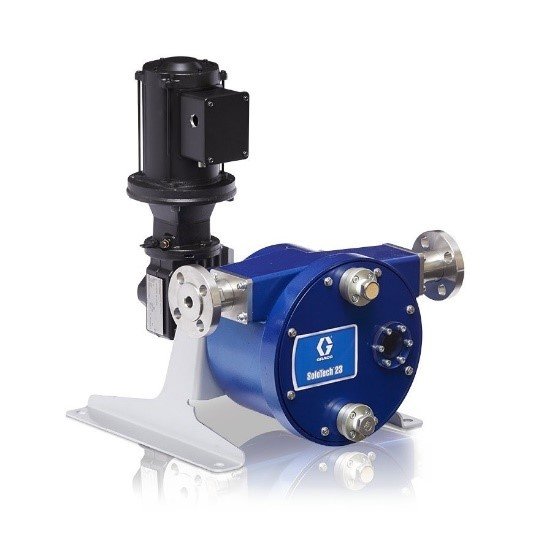
A Comprehensive Guide to Wastewater Treatment Pumps
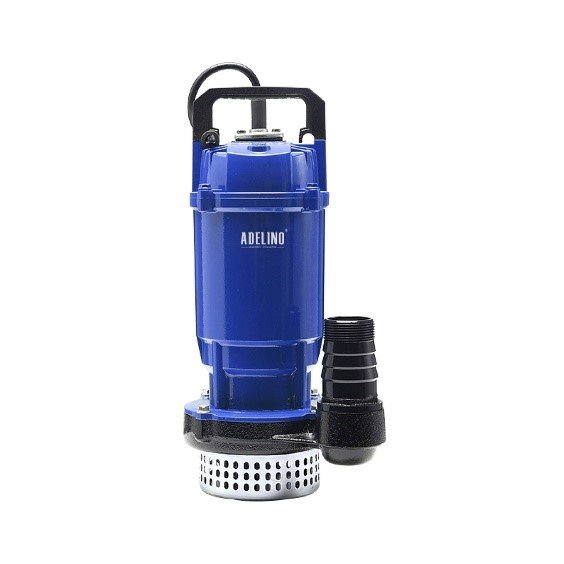
Wastewater treatment is a crucial process in ensuring clean and safe water for our communities and the environment. It involves the removal of contaminants and pollutants from wastewater to make it suitable for discharge or reuse. One of the key components in this process is wastewater treatment pumps, which play a vital role in moving and treating wastewater. In this article, we’ll explore the types of wastewater treatment pumps, their functionality, various use cases, and key manufacturers and products.
Types of Wastewater Treatment Pumps
Wastewater treatment pumps are designed to handle a wide range of fluids and solids. They can be categorized into several types, each tailored for specific functions within the treatment process:
-
Submersible Pumps:
Submersible pumps, like those offered by Xylem, are designed to operate underwater. These pumps are commonly used for wastewater removal in sewage systems, stormwater drainage, and wastewater treatment plants. Their submersible nature allows them to efficiently handle solids and transport wastewater over long distances.
-
 Centrifugal Pumps:
Centrifugal Pumps: Centrifugal pumps are versatile and widely used in various stages of wastewater treatment. They work by using a rotating impeller to create a flow of fluid. Centrifugal pumps are efficient in handling low to medium viscosity liquids and are employed in lift stations, aeration tanks, and sludge handling.
-
Positive Displacement Pumps:
Positive displacement pumps, such as diaphragm and progressive cavity pumps, are suitable for handling viscous and abrasive fluids. They are essential in dosing and metering applications, chemical feed systems, and handling sludges with a high solids content.
-
Grinder Pumps:
Grinder pumps are designed to macerate and grind solid waste into smaller particles before pumping, making them ideal for residential and commercial sewage systems. These pumps help prevent clogs and blockages in the wastewater infrastructure.
-
Air Diaphragm Pumps:
Air diaphragm pumps are air-operated double-diaphragm pumps used for the transfer and removal of abrasive or corrosive wastewater. They find applications in chemical processing, filter press feed, and handling contaminated water.
-
Peristaltic Pumps
Rollers or shoes in a peristaltic pump compress the tube or hose as they rotate, creating a vacuum which draws fluid through the tube. This gentle and pulsation-free action makes them suitable for shear-sensitive fluids. Peristaltic pumps are commonly found in laboratories and small-scale wastewater treatment applications, especially when accurate dosing is required.
Functionality and Use Cases
The functionality and use cases of wastewater treatment pumps are as diverse as the types themselves:
Primary Treatment: Submersible pumps and centrifugal pumps play a significant role in lifting and transporting raw wastewater from collection points to treatment facilities.
Secondary Treatment: Centrifugal pumps are commonly used for aeration, mixing, and recirculation processes in biological treatment systems.
Tertiary Treatment: Positive displacement pumps and air diaphragm pumps are utilized in the dosing and handling of chemicals for disinfection, phosphorus removal, and other advanced treatment processes.
Solids Handling: Grinder pumps are indispensable for breaking down and transporting solid waste in residential and commercial wastewater systems.
High-Pressure Applications: Certain treatment processes require high-pressure pumps, which can be found in various types, including multistage centrifugal pumps.
Key Manufacturers and Products
Xylem, as mentioned earlier, is a reputable manufacturer of wastewater treatment pumps. Their product range includes submersible pumps, centrifugal pumps, and many other types designed to meet the diverse needs of the industry. Other notable manufacturers in the field include Grundfos, KSB, and ITT Goulds Pumps.
Grundfos: Grundfos offers a range of wastewater pumps, including submersible sewage pumps, sludge and solids handling pumps, and chemical dosing pumps.
KSB: KSB manufactures a wide variety of wastewater pumps, such as non-clogging centrifugal pumps, submersible mixers, and aeration systems.
ITT Goulds Pumps: ITT Goulds Pumps provides robust wastewater pumps for demanding applications, including single-stage and multi-stage centrifugal pumps.
Innovations in Wastewater Treatment Pumps
In recent years, the wastewater treatment industry has seen significant innovations aimed at improving pump efficiency, durability, and environmental sustainability. These innovations include:
Variable Frequency Drives (VFDs): VFDs allow pumps to adjust their speed based on demand, resulting in energy savings and longer pump life.
Smart Pumping Systems: These systems use data and automation to optimize pump operation, reduce energy consumption, and predict maintenance needs.
Improved Materials and Coatings: Advancements in materials and coatings have extended the lifespan of pumps, particularly in corrosive and abrasive environments.
Energy-Efficient Designs: Manufacturers are focusing on designing pumps with improved energy efficiency to reduce operational costs and environmental impact.
Conclusion
Wastewater treatment pumps play a vital role in the operation of wastewater treatment plants. There are many different types of wastewater treatment pumps, each with its own unique functionality and use cases. When selecting a wastewater treatment pump, it is important to consider the specific needs of the application, such as the type of wastewater being pumped, the flow rate required, and the head pressure.
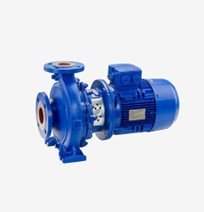 Positive Displacement Pumps:
Positive Displacement Pumps: 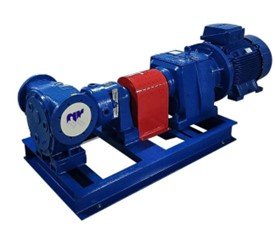 Grinder Pumps:
Grinder Pumps: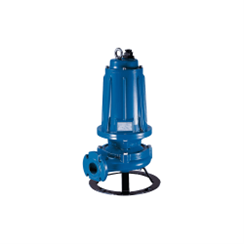
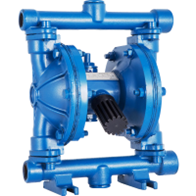 Peristaltic Pumps
Peristaltic Pumps